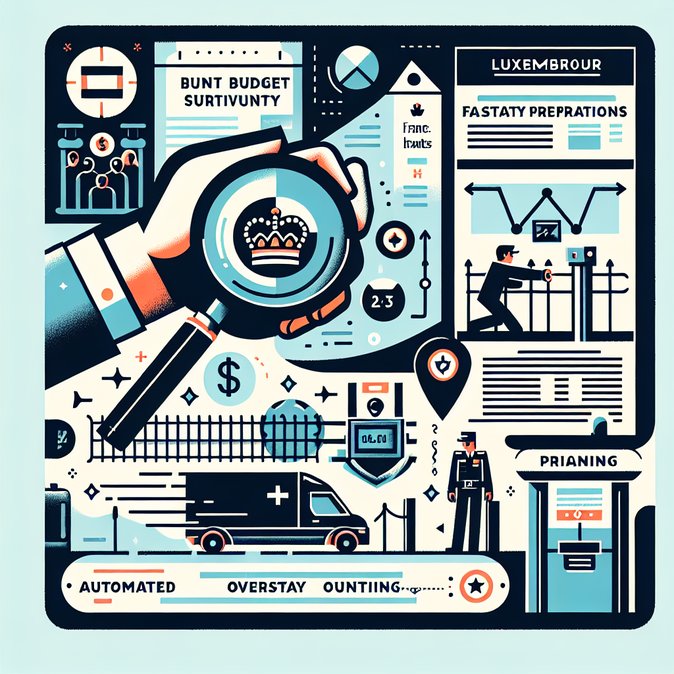
With less than a year before the EU’s new Entry/Exit System (EES) goes live, Luxembourg on 5 November disclosed that installing the biometric border-control platform will cost the Grand Duchy €1.75 million. Although the figure relates to Luxembourg, French officials privately confirm similar per-airport budgets and say the revelation has jolted Paris into finalising procurement for the remaining EES-compliant kiosks at Charles-de-Gaulle, Orly, Lyon and Marseille.
What is EES? The system will replace manual passport stamping for all third-country nationals entering or leaving the Schengen Area, recording facial images and fingerprints plus date-time stamps. French Border Police (PAF) plan to integrate EES with existing PARAFE e-gates and new mobile tablets for coach and ferry checks, aiming to keep processing times under 90 seconds even on peak summer weekends.
![EU Entry/Exit System price tag revealed; France accelerates border-tech rollout ahead of 2026 switch-on]()
Corporate impact. Employers that rotate non-EU staff on short business trips need to track cumulative stay days more precisely; overstays will be flagged automatically. Global mobility teams should audit assignment calendars and ensure employees travel with passports that have unused biometric pages—renewals triggered mid-rotation will reset EES records.
Operational challenges. French airport operators face tight installation windows between January and June 2026, complicated by concurrent Olympic legacy works. Training 4,500 border officers on EES software is budgeted at €12 million nationally. Carriers fear queues during the learning curve and urge France to run public pilots with volunteer passengers this winter.
Next steps. A French Interior-Transport task-force meets in December to finalise contingency staffing for summer 2026. Meanwhile, the government will launch an information campaign in multiple languages so business travellers understand data-capture procedures and privacy safeguards.
What is EES? The system will replace manual passport stamping for all third-country nationals entering or leaving the Schengen Area, recording facial images and fingerprints plus date-time stamps. French Border Police (PAF) plan to integrate EES with existing PARAFE e-gates and new mobile tablets for coach and ferry checks, aiming to keep processing times under 90 seconds even on peak summer weekends.

Corporate impact. Employers that rotate non-EU staff on short business trips need to track cumulative stay days more precisely; overstays will be flagged automatically. Global mobility teams should audit assignment calendars and ensure employees travel with passports that have unused biometric pages—renewals triggered mid-rotation will reset EES records.
Operational challenges. French airport operators face tight installation windows between January and June 2026, complicated by concurrent Olympic legacy works. Training 4,500 border officers on EES software is budgeted at €12 million nationally. Carriers fear queues during the learning curve and urge France to run public pilots with volunteer passengers this winter.
Next steps. A French Interior-Transport task-force meets in December to finalise contingency staffing for summer 2026. Meanwhile, the government will launch an information campaign in multiple languages so business travellers understand data-capture procedures and privacy safeguards.











